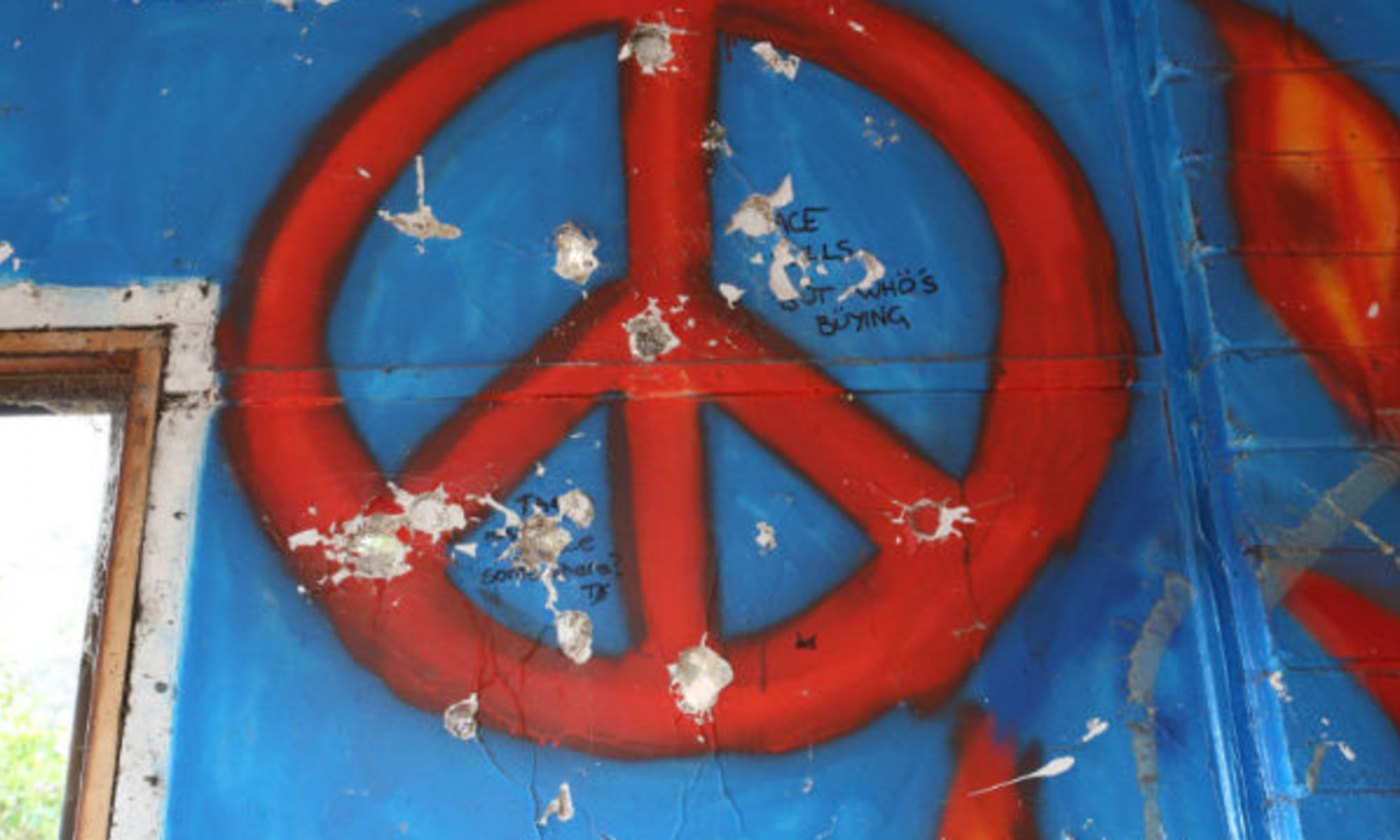
By: Megan Salmon
CONTENT WARNING: This blog post contains sensitive content about sexual assault.
And more importantly, why? Restorative justice is a difficult topic to grapple and I am still grappling with it. I understand either side of the argument, and as with many situations in peacebuilding, the answer lies in what causes the least harm. With this approach, I tackle restorative justice. It was a topic that I didn’t know too much about previously other than it was: (1) an alternative to our monstrous prison problem and, (2) that it was typically used for “mediating” situations of sexual assault. I argue that the first point is a strength of restorative justice while the second is where we fail our victims (or, with the term restorative justice prefers to use, “people who were harmed”) with its practice.
First and foremost: I like the idea of restorative justice. How could any peacebuilder not? It is a method that, if used properly, will help to divert the “school-to-prison pipeline.” I fully believe that we punish far too many people for far too long and seldom with good reason. In the United States we have a huge problem with our black boys and men being punished with unjust sentences that don’t fit the crime. The first taste of “crime” begins in elementary school when the teacher accuses Ray of being ” rowdy” and “disruptive.” Ray is sent to the principle’s office and given detention. The reasons behind his acting out are never addressed and instead are left to be punished, leading him to continue to act out in increasingly risky ways. What does it matter anyway? They already think I’m trouble, he figures. They’re going to punish me either way. This cycle spirals until Ray enters the juvenile correctional system, and soon after being released, re-enters into the adult correctional facilities.
What if we addressed why Ray was being “rowdy” and “disruptive” in the first place? Let’s take it a step further: what is we addressed why Ray is continually called out by Mrs. Johnson, when Bryce and Chad are acting in the same exact way? In this space, restorative justice has a place. Addressing Ray’s behavior while at the same time calling Mrs. Johnson’s discipline could potentially lead to Ray understanding the reasons behind his acting out and cause Mrs. Johnson to realize what system her (hopefully) unintentional targeting contributes to. Here I see the value of restorative justice. Everybody wins.
Yet, in another town, a college town in fact, Jane goes to a party and gets very drunk, to the point of blackout. Brad is a little tipsy but it’s his party so he keeps control. Jane and Brad hook up and Jane very messily goes along with it, though it is clear she isn’t really present. The next day, when Jane doesn’t remember what happened to her, she reports the incident and eventually, ends up going through the process of restorative justice with Brad. Through revisiting the experience, Jane is traumatized and suffers from PTSD. Brad, though he feels sorry about what he’s done, is just happy that after apologizing, he can continue school and come out of the situation relatively unharmed. Jane can’t see Brad without being re-traumatized and can’t do anything about it because restorative justice has already “punished” Brad. Jane suffers enough that she must drop out of school, and Brad graduates.
It is here where I begin to have problems with restorative justice. In this situation, Jane went through a traumatic experience and was in a very fragile state in the time after. By asking Jane to revisit the situation, face Brad, and allow him to apologize puts her mental health in direct danger. In fragile situations where the state of the victim is at stake, I no longer feel comfortable “risking it” with restorative justice.
I acknowledge that these two situations are very much so cherry-picked and neither is exactly how a situation will always play out. However, in the first situation, though Ray is a victim of a structurally racist system, a visit to the principle’s office does not put him at risk for traumatization in the same way that Jane was. This is where my gripe with restorative justice lies. I do not think the risk is worth it for victims and survivors. As a peacebuilder, I want to work toward the root of the problem and always make somewhat of a positive impact, no matter how big or small. Restorative justice in very sensitive cases runs the risk of doing more harm than good. Thus, I hope that we can work to find a better way.


